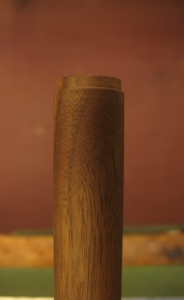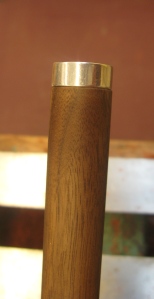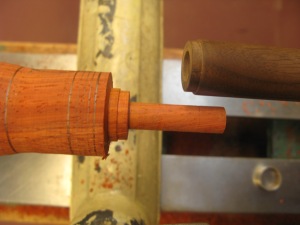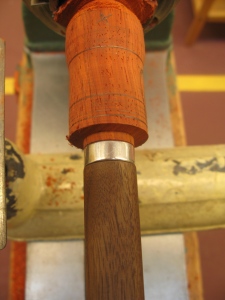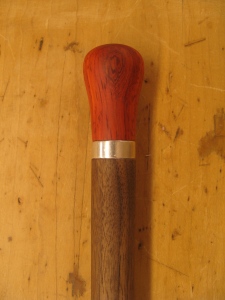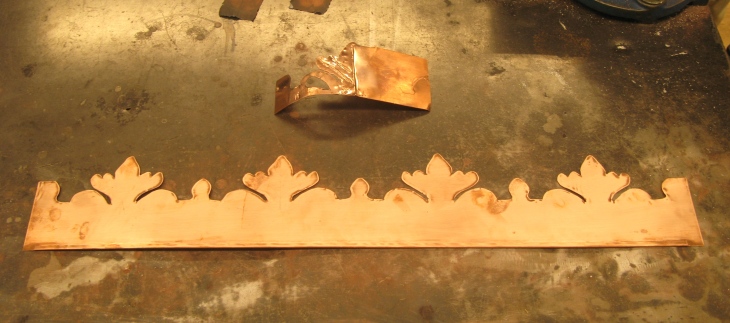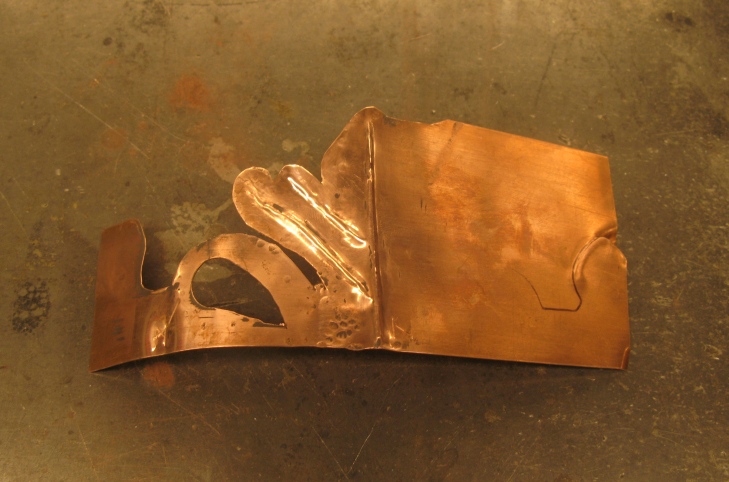I’ve been working on expanding my chain mail repertoire lately: I’m learning some new patterns, but I’m also experimenting with ways to make old classic weaves a bit more interesting.
I love working with gemstones, so most of my new chain mail pieces feature them. Here’s a selection of bracelets I’ve made recently:
Blue Quartz-Embellish Helm Chain

I made this bracelet while sitting behind the table at the Time Traveller’s Bazaar. I didn’t have enough rings to make a bracelet-length chain, so I lengthened it with a few blue quartz bead links. The copper and the pale blue stones make a fantastic colour combination, and as the copper ages, the stones are going to stand out even more. Quite the happy accident, methinks!
Copper and Carnelian Sigil Chain
This chain weave has a wire running down the middle, which the luscious carnelian beads are strung on. I built the chain around the wire, stringing the beads as I went. I’ve honestly gone a bit crazy with the Sigil chain: as the pictures below demonstrate, you can make so many different designs with it!
More Sigil Chains
An elegant, icy silver and blue quartz bracelet
Copper with two colours of Swarovski crystal. This bracelet is smaller than the others: Sigil chain is great for experimenting with sizes!
Aluminum with garnet-toned crystals. I could see a wizard in a fantasy world wearing this…
European 4-in-1 Wing Pattern
This might be the most delicate-looking piece of chain mail I’ve ever made, and the rings are the smallest size I’ve ever used. It reminds me of what the Elves in Lord of the Rings wear: there’s something about that combination of leaf-like silver pennants and subtle gold crystals that has “Galadriel” and “Lothlórien” written all over it…
Helm Chain Bracelet with a Black Onyx Focal Bead
This is another chain that I was originally going to leave unbeaded, but this time, it turned out a little too plain at first. Luckily, I had a lovely black onyx bead on hand! Colour combinations don’t get more classic and elegant than black and silver, if you ask me.
As always, more chain mail will come soon. And as always, don’t be afraid to ask any questions or make any requests!

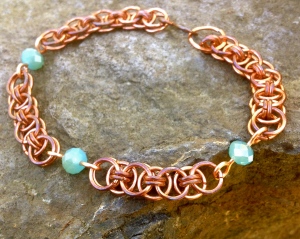
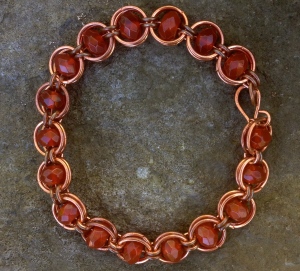
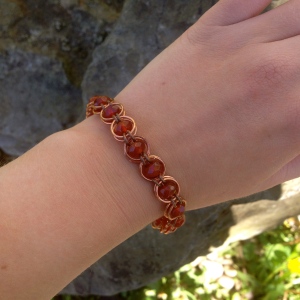
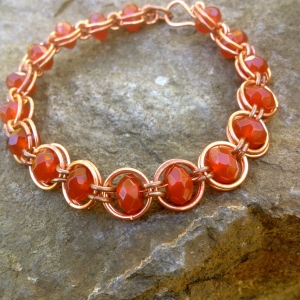
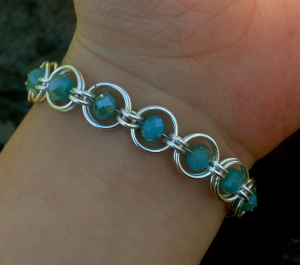
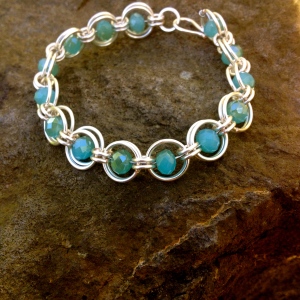
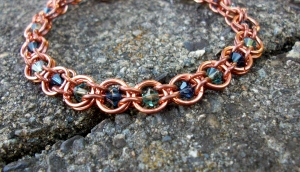
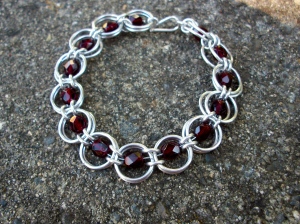
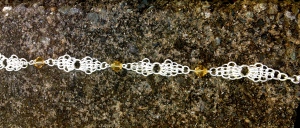
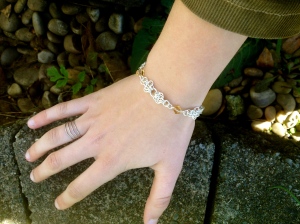
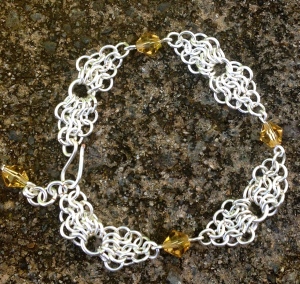
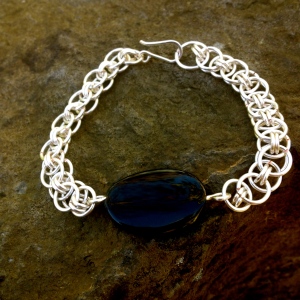
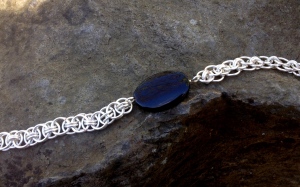
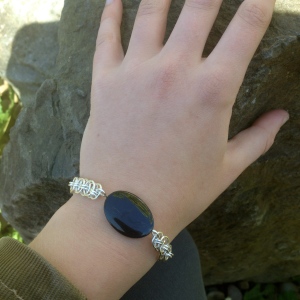







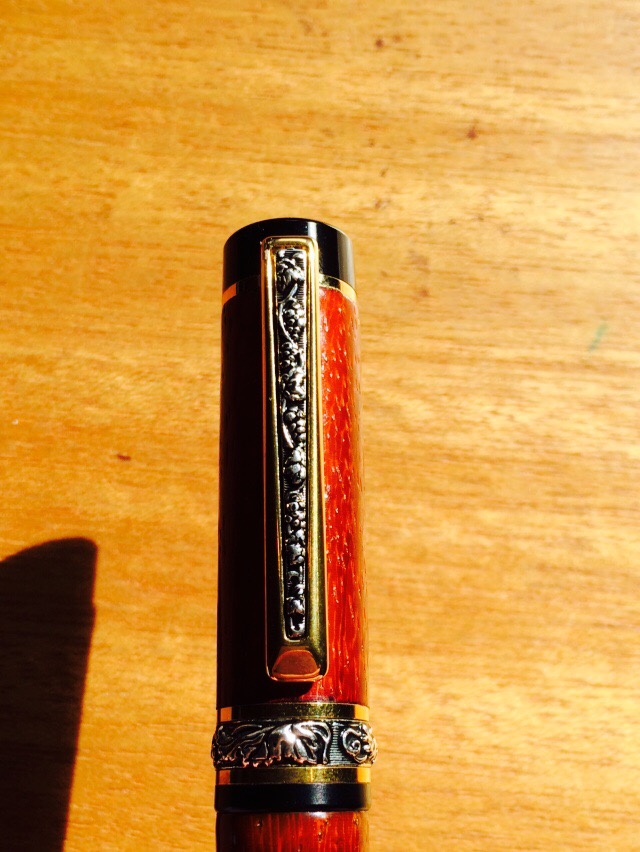
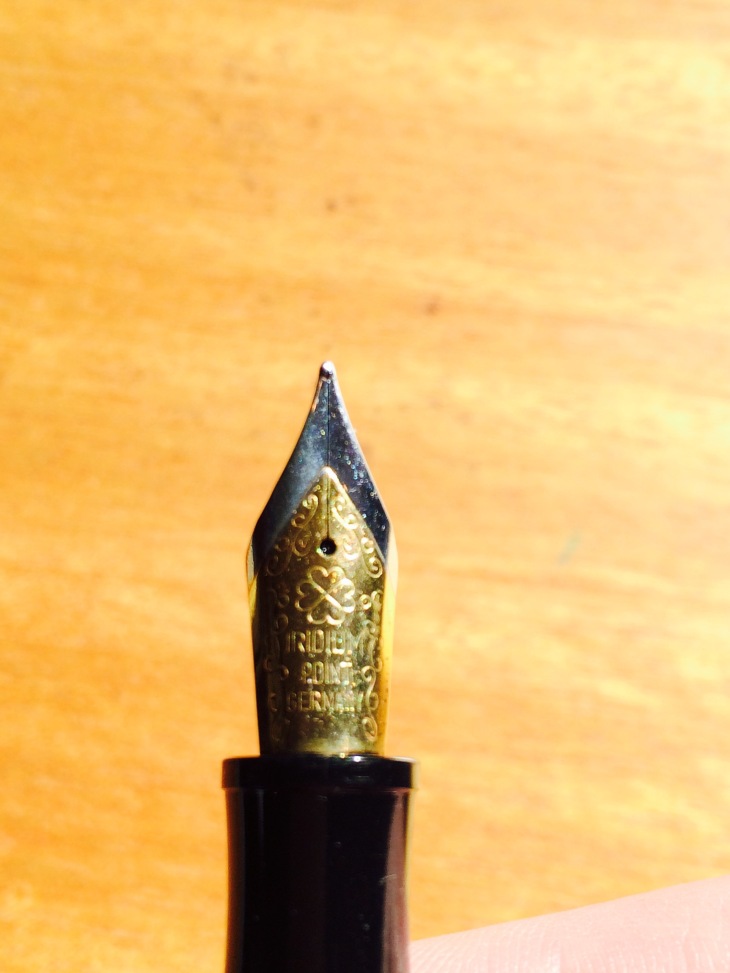 I was so happy with this pen that I saw no reason in the world why I shouldn’t make another one.
I was so happy with this pen that I saw no reason in the world why I shouldn’t make another one. This one was made as a retirement gift for my boss, and based on how well it turned out, I have to say I envy him.
This one was made as a retirement gift for my boss, and based on how well it turned out, I have to say I envy him.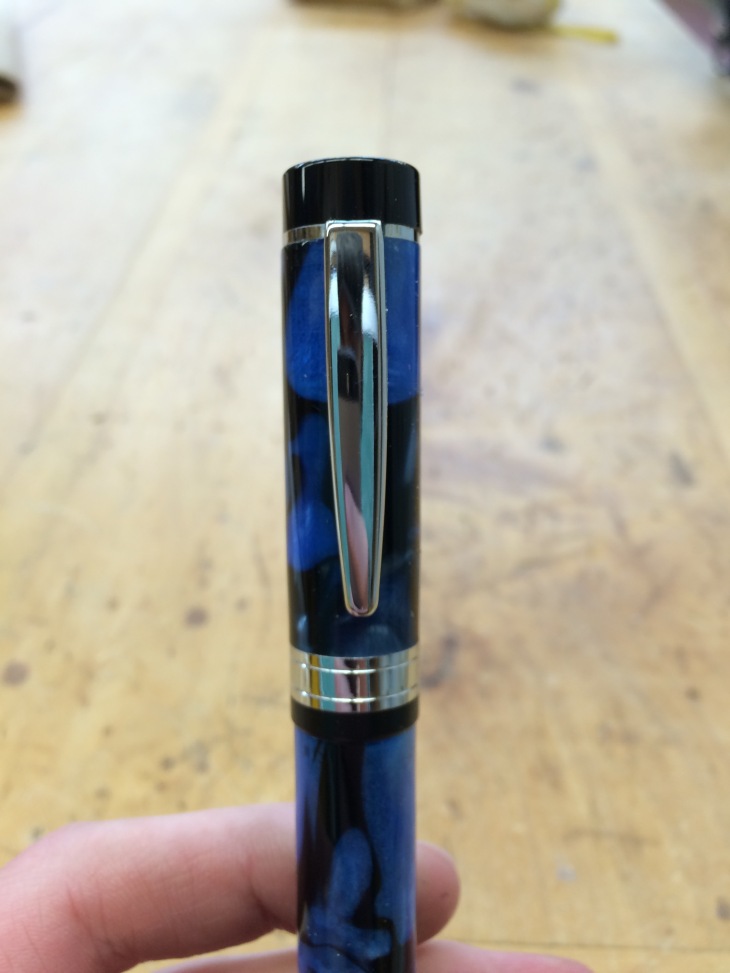 I made this one with an acrylic acetate blank sanded with 12,000 grit sandpaper. It took about an hour in total to make, and smelled like a burning plastic factory the entire time.
I made this one with an acrylic acetate blank sanded with 12,000 grit sandpaper. It took about an hour in total to make, and smelled like a burning plastic factory the entire time. Even through a respirator it smelled awful, but in spite of that I wouldn’t hesitate to make another one like this because acrylic is just so beautiful.
Even through a respirator it smelled awful, but in spite of that I wouldn’t hesitate to make another one like this because acrylic is just so beautiful.
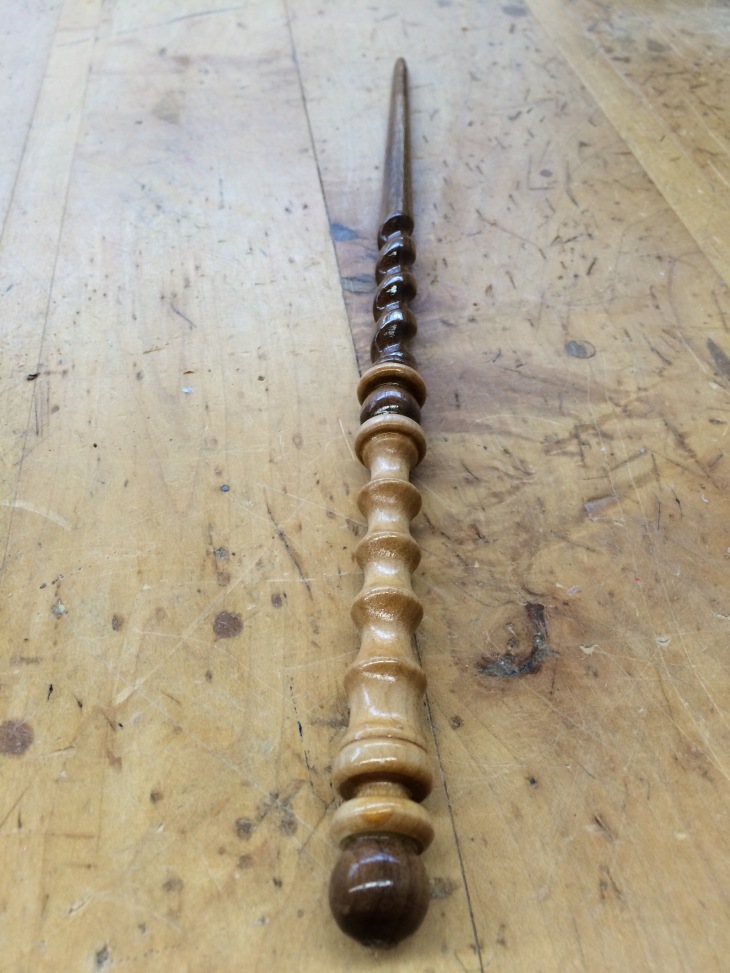 My first composite wand! I based the design largely on my previous purpleheart wand, just to see what it would look like in maple and walnut.
My first composite wand! I based the design largely on my previous purpleheart wand, just to see what it would look like in maple and walnut. 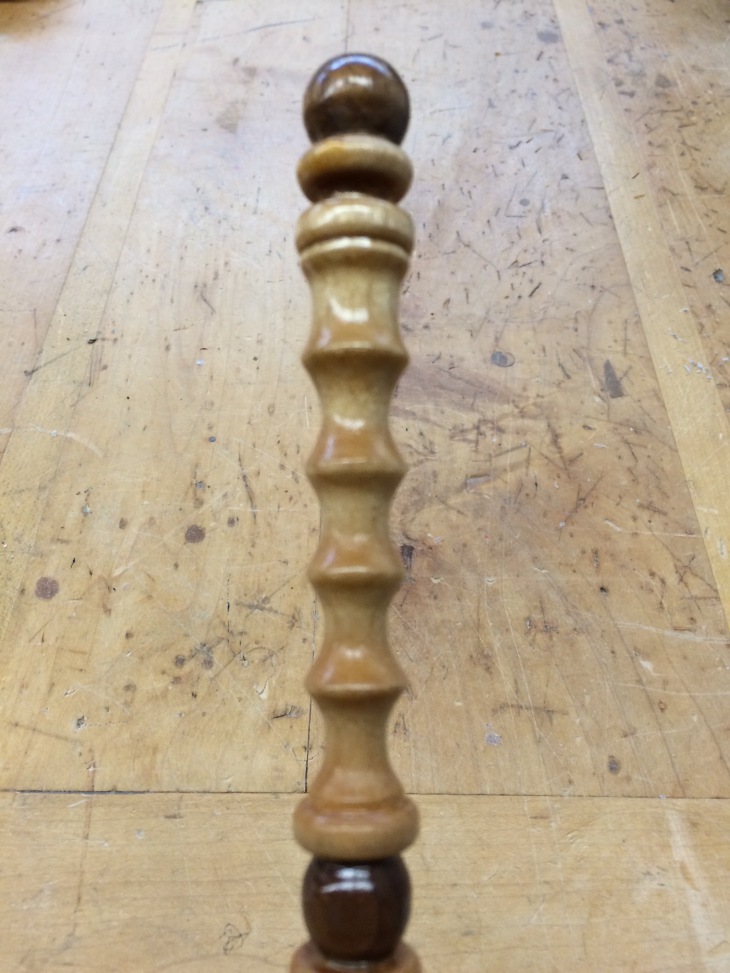 I was exceedingly pleased with my first attempt, however the pieces were glued together in such a way to make the wand considerably flimsier than I anticipated.
I was exceedingly pleased with my first attempt, however the pieces were glued together in such a way to make the wand considerably flimsier than I anticipated. 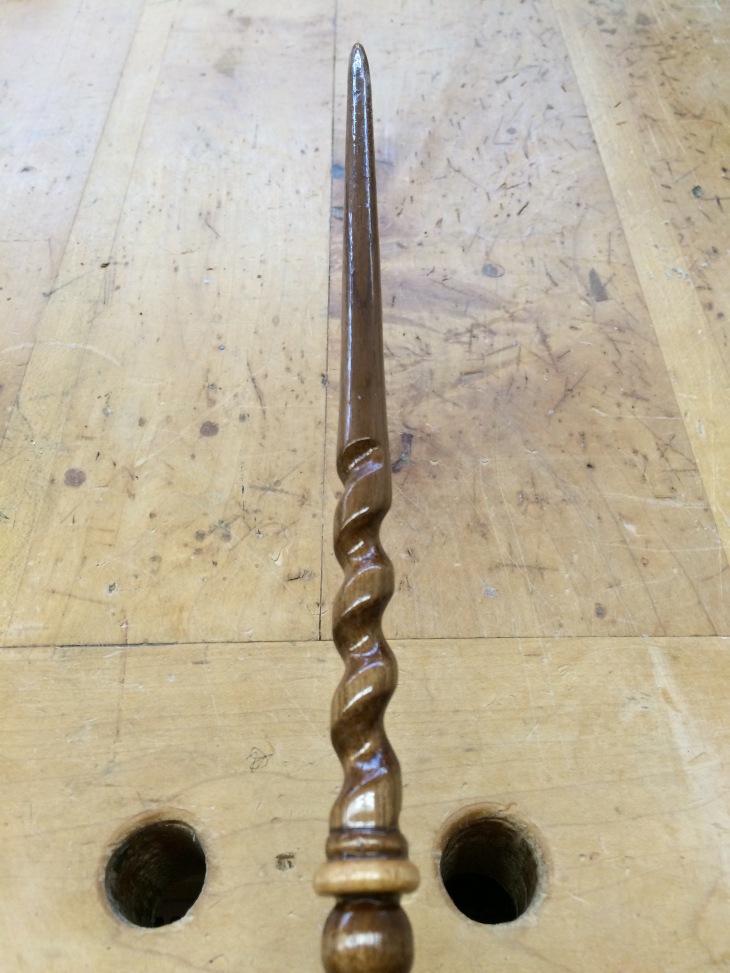 I think I’ll hang on to this wand and put it in my collection rather than selling it; the risk of it breaking from enthusiastic spell-casting is too high. –Ben
I think I’ll hang on to this wand and put it in my collection rather than selling it; the risk of it breaking from enthusiastic spell-casting is too high. –Ben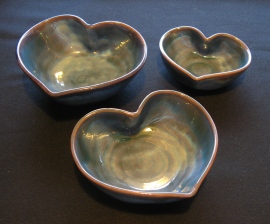
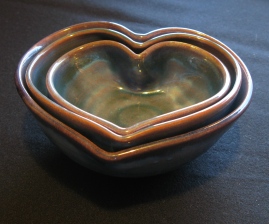
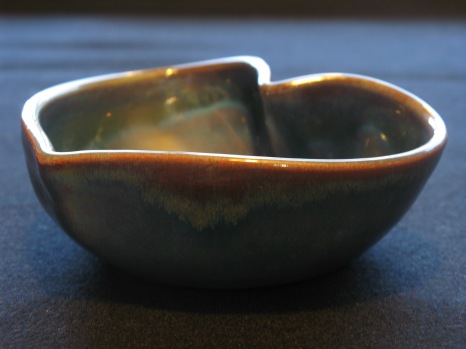





 My first portrait, carved on a piece of 8×10″ piece of cedar I found at work. Cedar was easy to carve; its soft straight grain allowed almost effortless cuts… Provided that said cuts didn’t go across the grain, under which circumstances it was prone to chipping. I hope at some point to acquire some basswood, which I’ve heard is optimal for carving, so I may make some more carvings of great historic and literary figures. Any suggestions for who I should carve next?
My first portrait, carved on a piece of 8×10″ piece of cedar I found at work. Cedar was easy to carve; its soft straight grain allowed almost effortless cuts… Provided that said cuts didn’t go across the grain, under which circumstances it was prone to chipping. I hope at some point to acquire some basswood, which I’ve heard is optimal for carving, so I may make some more carvings of great historic and literary figures. Any suggestions for who I should carve next?
